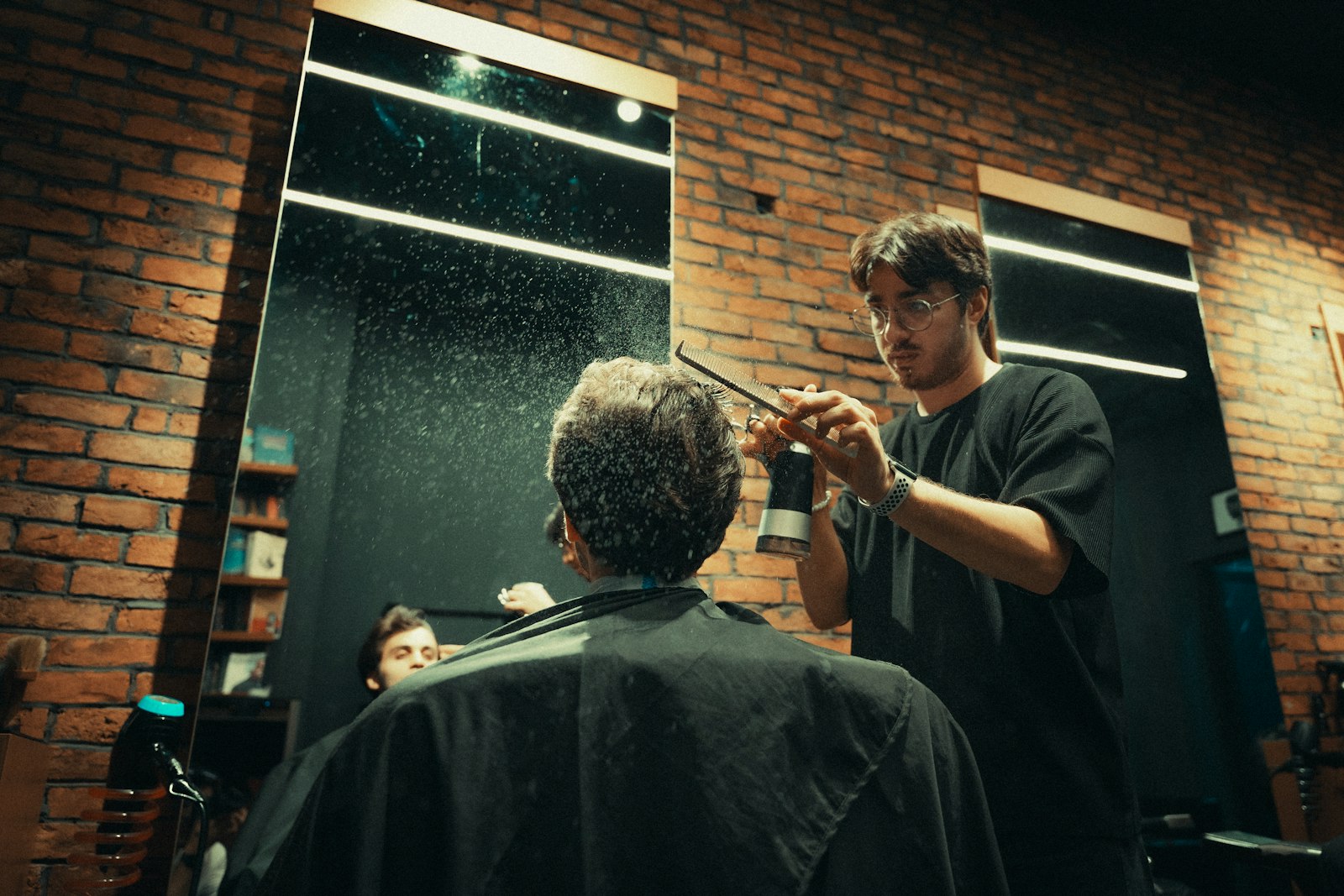Apprentice Upgrade Path
Build confidence from your first kit to your first professional set—Australian pricing, training milestones, and mentor drills included.
Source baseline: ScissorPedia internal brand archive and JapanShears distributor data — Cross-check manufacturer specification sheets before publishing.

Purpose-Built For Aussie Apprentices
Every barber starts with a pair of shears and a long list of clients to impress. This guide maps the upgrade journey for Australian apprentices—budget-friendly starter kits, TAFE expectations, mentor drills, and the milestones that justify stepping up to pro gear.
Work through it with your trainer or shop owner so each investment lines up with the skills you’re building on the floor.
Starter Kits Available Locally
| Supplier | Steel & Handle | What’s Included | Price (AUD) | Warranty |
|---|---|---|---|---|
| Barber Temple | Entry-level offset kits with stainless or VG10 steel | Cutting & thinning shears, comb, accessories | $300 – $450 | Refer to supplier for current warranty |
| Japan Scissors | Mina stainless sets with offset ergonomics | 5.5" cutter, 6" thinner, roll-up case | $150 – $300 | Check listing for warranty details |
| BarberCo | Starter bundles featuring Juntetsu or Yasaka tools | Primary cutter, thinner, maintenance kit | $350 – $600 | Confirm direct with retailer |
| Stage | Steel & Price (AUD) | Skills Gained | Illustrative Payback* |
|---|---|---|---|
| Starter kit | 420–440A stainless ($150–$300) | Grip fundamentals, sanitation routines, scissor-over-comb basics | $35 cuts × 15 clients/week with 35% tool attribution recoups cost in ~4 weeks. |
| Post-cert upgrade | 440C / VG10 ($380–$520) | Full client roster, speed, consistency | $45 cuts × 20 clients/week pay the upgrade off in ~6 weeks while reducing sharpening spend. |
| Specialty add-on | ATS-314 texturiser or 7" sword ($420–$650) | Advanced texture, long-hair, filmed content | Ten $25 texture upsells/week cover cost in ~10 weeks. |
*Adjust with the budget & ROI planner using your actual service mix.
Grab kits from local suppliers to avoid import delays and keep warranty support in Australia.
Climate Checklist
- Coastal: Store kits with silica packs and oil pivots after every client—salt destroys entry steels fast.
- Inland / dusty: Keep a soft brush in your roll and clean hinges before oiling to avoid grit grinding the ride line.
- Tropical: Rotate between two pairs during the Wet so one can dry completely while the other works.
Funding Options
- Check the current instant asset write-off threshold; many apprentices can claim tools immediately at tax time.
- Ask owners about cost-sharing or loaner programs tied to skill milestones.
- Use supplier lay-by/buy now, pay later carefully—ensure fees don’t wipe out tip savings.
- Log every purchase (invoice + photos) for insurance and apprenticeship evidence.
Training Pathway & Tool Assessment
Cert III (SHB30516) Snapshot
- 26 units (21 core, 5 electives) over 12–36 months full time.
- Tool care embedded in SHBHIND001 (organise tools) and SHBXWHS001 (infection control).
- Skill sign-offs include scissor-over-comb, beard work, and sanitation drills.
Milestones To Aim For
- Month 3: Demonstrate safe grip, cleaning routine, and correct tension checks.
- Month 6: Complete core barbering units; mentor signs off on scissor-over-comb and taper basics.
- Months 12–18: Sit final assessments, including tool hygiene, client consultation, and advanced cutting.
Mentor-Approved Daily Drills
Scissor-Over-Comb Reps
50 passes per side on a mannequin or willing mate. Focus on keeping blades parallel to the comb and maintaining steady rhythm.
Sectioning & Tension
Wet the hair, take small subsections, apply even tension, then point cut. Builds consistency so you don’t over-cut in busy shifts.
Ergonomic Grip Drill
Daily 10-minute session practising relaxed thumb movement, elbows down, wrists straight. Prevents RSI and protects blades.
Common Pitfalls & Fixes
Death Grip
White knuckles lead to cramps and choppy cuts. Fix: loosen grip, thumb barely inside the ring.
Chunking Sections
Cutting huge sections causes uneven work. Fix: slow down, cut smaller subsections, use guide lengths.
Skipping Cleaning
Coastal humidity + hair debris = rust. Fix: wipe, disinfect, and oil after every client.
Wrong-Hand Shears
Lefties flipping right-hand shears get fold-over and wrist pain. Fix: invest in true left-grind tools early.
Upgrade Milestones
- Start: Entry kit with offset handles and micro-serrations for control.
- Post-Cert III: Upgrade to 440C/VG10 workhorse once you’re servicing regular clients.
- Year 2: Add specialty texturiser or 7" over-comb blade to expand services.
- Year 3+: Consider premium ATS-314 or powder steels if you’re teaching, filming, or running a chair full-time.
Budgeting Tips
- Set aside $40–$50 a week from tips; that funds a $600 upgrade in three months.
- Ask your employer about cost sharing or loaner programs.
- Use our budget guide to calculate payback windows.
- Track every purchase in a maintenance log to support tax deductions.
Persona Alignment
- Apprentice: Focus on control, ergonomics, and basic maintenance.
- Mentor: Keep a checklist of drills and maintenance sign-offs.
- Owner: Plan upgrade budgets and ensure compliance with sanitation rules.
Next Steps
- Choose a starter bundle from local suppliers and register the warranty.
- Download your RTO’s assessment plan—highlight tool handling requirements.
- Schedule weekly mentor check-ins using the drill list above.
- Cross-reference steel, handle, budget, left-hand, maintenance, and shared station guides before your first upgrade.
- Verify warranty and servicing terms in brand validation log so receipts and serials are logged correctly.
Need A Mentor Roadmap?
Share your current kit, training schedule, and shop location. We’ll help you plan upgrades, drills, and servicing that match your goals.